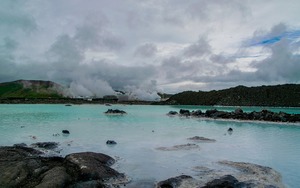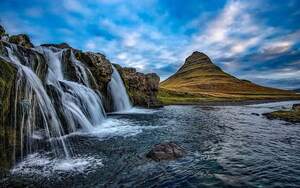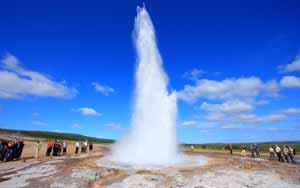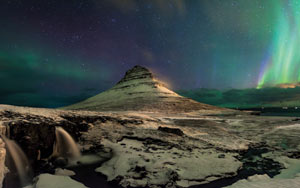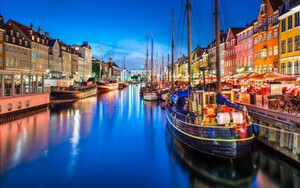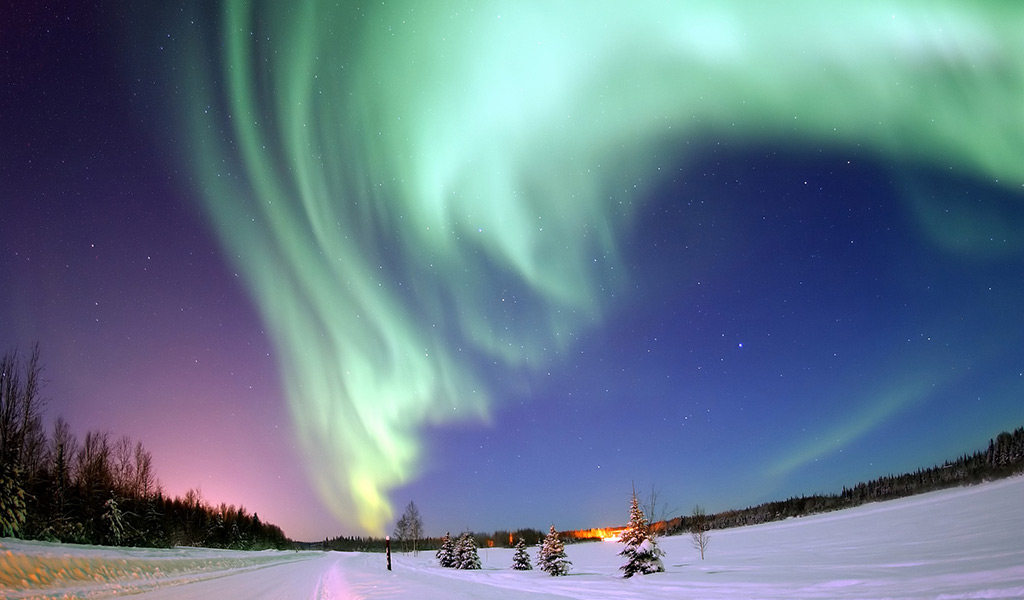Best Time to Visit Iceland
Iceland is a year-round tourist destination, offering up great seasonal activities and experiences. And despite what its name and location suggest, the weather isn’t as chilly as you’d imagine. The Gulf Stream is a warm oceanic undercurrent that moderates the temperature on the island, especially in the south and west region that it passes by. This current also brings milder Atlantic winds in contact with colder Arctic air, often leading to windy or stormy weather. Overall, Iceland experiences four distinct seasons, each offering unique opportunities for adventure, wildlife, culture and romance.
Deciding the best time to visit Iceland comes down to the season you prefer in terms of climate and experiences. Summers are popular with tourists, with the sun remaining above the horizon for almost 24 hours, creating beautiful ever-changing sceneries. While winter brings its own charm, with long nights the perfect stage for the dance of the northern lights and the inviting gaze of the crystal blue thermal lagoons by day. Spring and autumn may be shoulder tourist seasons, but with ideal temperatures, the urban areas come alive just as much as the national parks. Before you decide, here’s a more detailed look at each season so that you find the best time to travel to Iceland that ticks all the boxes on what makes your dream holiday.
April is when the first signs of spring appear. The first flowers, first migratory puffin birds, first warming rays of the sun, they all make this the best time to go to Iceland if you’re looking for increasingly pleasant weather and great shoulder season prices with no compromise on fun and adventure. There is though, the chance of snow, but only up in the mountains. Reykjavík and more coastal regions are well into springtime. And yet, there’s still the slightest chance to see northern lights — if you’re really lucky!
Other reasons why this could be your preferred time to visit Iceland, are the host of activities in store. Literature enthusiasts can attend the Reykjavík International Literary Festival and culture buffs can visit the Reykjavík Arts Festival. And there’s the return of fishing, whale watching and golfing season to look forward to as well.
Most people would say that summer is the best season to go to Iceland, weather wise. When spring colours are only heightened by the rising temperatures, daylight can last as long as 24 hours and activities for you to partake in increase too. One of the most unique and unbelievable things you’ll ever experience in life, not just on this vacation, is the midnight sun. This phenomenon allows you to enjoy things well into the night, like midnight golf or visiting the attractions much later than usual. The weather also brings out the best Iceland excursions and festivals. Natural wonders from volcanoes to waterfalls are all accessible for the season.
While festivals like Secret Solstice Festival of music, Midsummer bonfires and Humar Festival make June exciting, and July has great events like the Landsmót Hestamanna horse festival and Folk Music Festival. And when you wish to leave it all behind for the stunning outdoors, this is the only time of the year you can access the Landmannalaugar Valley in the Icelandic highlands, for some incredible trekking routes. The only drawback is that this is when tourism is at its peak, meaning you’ll have to share space at some of the bigger attractions like the Blue Lagoon or Golden Circle. Rates also increase, with travel and accommodation providers running at capacity. So if you are planning a summertime escapade, it’s best to book early.
If you’re looking for great deals, less crowd and more activity, the best time to visit Iceland is autumn. From the end of August until the end of October, the country experiences slightly cooler weather but also the start of the northern lights season, and decently long days. The autumnal colours that take over the natural surrounds are so pretty, you won’t even mind a sudden shower of rain or a really windy evening. Even with the highlands being out of reach, you’ll have a ton of places to visit and things to do, from river rafting to mushroom picking to whale watching.
Meanwhile, the towns become a playground of excitement with all the great festivals and events taking place. The most popular of the lot include Culture Night, Jazz Festival and International Film Festival that happen through the season in Reykjavík. While rural areas celebrate Réttir and Jökulsárlón Fireworks is another spectacular highlight — a fireworks display at a glacial lagoon!
You might not instantly recognise winter as the best time to go to Iceland, but if you’re looking for a once-in-a-lifetime experience, it surely is. From November to March, the country goes cold and dark, with only 4-5 daylight hours. Luckily, there’s just so many things to brighten up your days and nights — Christmas lights in every part of town and the colourful northern light to illuminate the most sensational landscapes. Of course, you have to get lucky to see the latter, but this is the high season for it so if there’s any time you’re likely to, it’s now. This is also a wonderful time to enjoy the hot pools or springs and ice caves!
With so much to look forward to, the best time to visit Iceland truly comes down to what you wish to experience. SOTC has great Iceland tour packages for each season so get in touch today to book yourself on this incredible journey.





